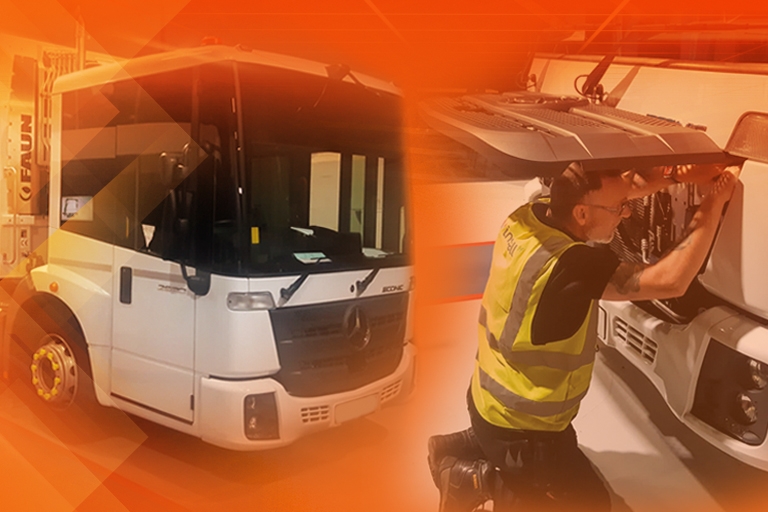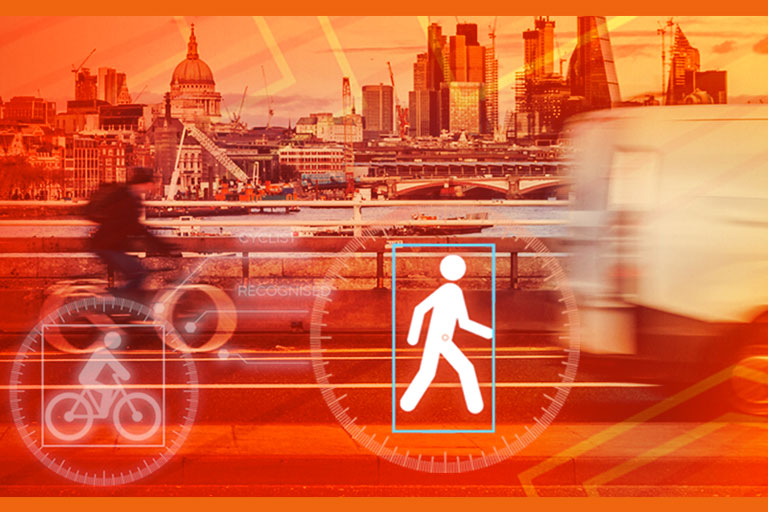Back in 2011, Nestle Findus Switzerland were looking to increase efficiencies across its fleet of delivery vehicles. A major part of this initiative involved driver training, and Handsfree worked with sister company Roadsense to deliver the perfect solution.
The Roadsense telematics system provides real time information on driver performance, such as braking, speed and fuel use. Data is relayed electronically and analysed by complex software, allowing managers to monitor driver behaviour and give informed debriefs.
After a short trial period, Handsfree installed the Roadsense telematics system in all 200 delivery vehicles. Each driver was issued with a coded key, meaning that an individual’s driving behaviour can be monitored; no matter how many different vehicles they drive.
Handsfree provided one of the UK’s most experienced driver trainers to help Nestle managers fully understand the data they had at their disposal. They also helped formulate a training programme, adapted to suit the business and the environment in which the company operates.
Upgrades and developments
One year later, the second phase of installation saw the addition of Driver ID via tachograph and a voice box that gives the driver warnings related to both their driving behaviour and any issues with product storage.
Four temperature sensors were installed into each vehicle. Once sensor monitors outside air temperature, whilst the remaining sensors within the chiller box monitor ambient temperature and warn if there is a rise above the threshold set. Since the telematics system alerts drivers to any problems straight away, there is a significant reduction in product wastage.
Nestle take their environmental responsibilities very seriously, and constantly look to implement systems that have a positive impact on reducing emissions and extending vehicle life.
In addition to providing all of this, the telematics system installed by Handsfree helps Nestle manage all legislative requirements, as well as the location of its vehicles and the safety of its drivers.
There is so much technology available now that brings real cost savings to fleet operators. Not only does a good telematics system increase efficiencies, it also brings added safety and environmental benefits.



